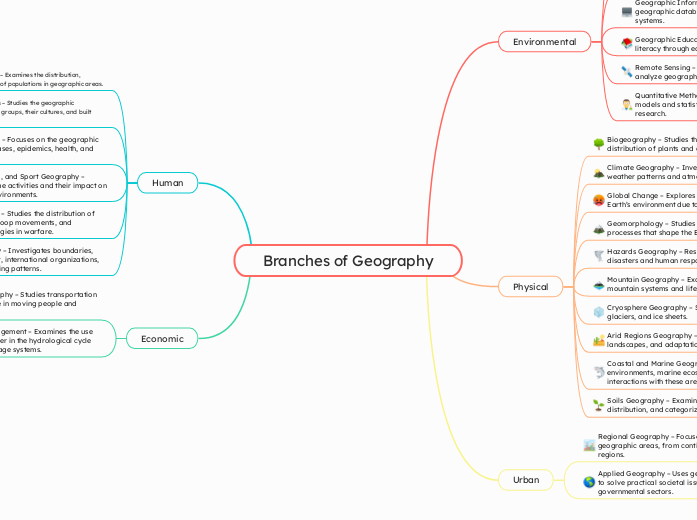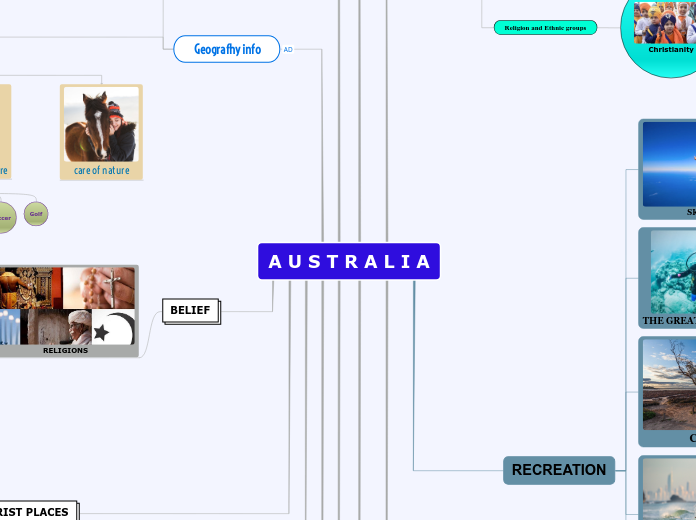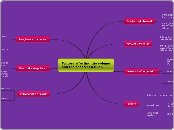arabera Kole Dunnett 2 days ago
9
Branches of Geography
The study of geography encompasses a wide array of specialized fields that can be categorized into environmental, human, and physical geography. Environmental geography includes disciplines like cartography, which focuses on the art and science of map-making, and remote sensing, which employs satellite technology to analyze geographical features.









